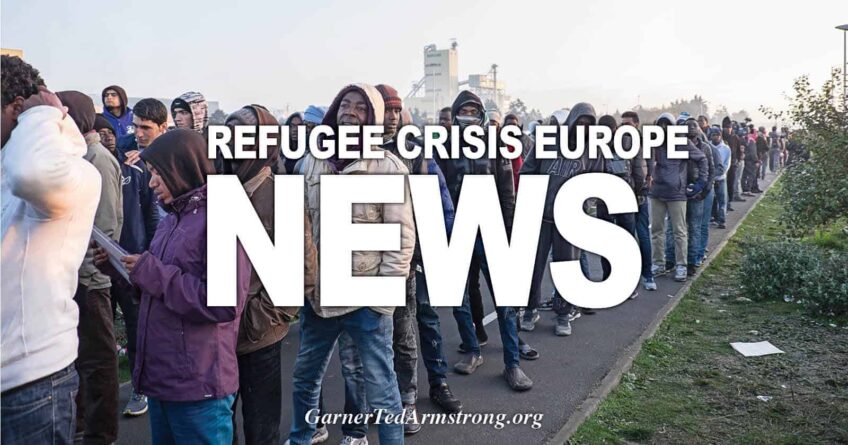A German official has warned that Berlin may impose fresh controls on the borders with France and Switzerland. With a surge in migrant arrivals to Spain, Germany is hoping to avoid a repeat of the 2015 migration crisis.
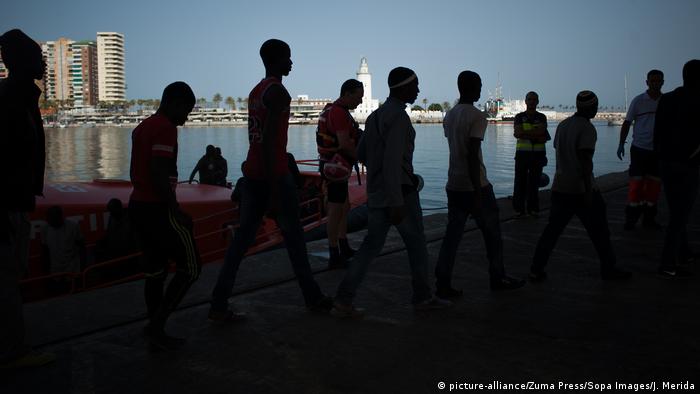
German authorities are considering stronger controls along the French and Swiss borders, Helmut Teichmann, junior minister for migration at the Interior Ministry, told the Bild am Sonntag newspaper.
Teichmann said authorities are alarmed by the increased number of migrants arriving to Spain after Rome prevented boats carrying migrants to dock at Italian ports. Italy had become the main entry point to the EU for irregular migrants after the so-called Balkan route was closed in 2016.
“We fear that many migrants could make their way to France, the Benelux countries and Germany,” Teichmann said. He added that German authorities are ready to provide assistance to Spain to better handle a new wave of migration.
‘Surge’
Spain has witnessed nearly 21,000 migrants arrive to its shores across the Mediterranean between January and July, according to the International Organization for Migration (IOM). On Saturday, the Spanish coast guard rescued 395 people from nine boats.
“As remarkable as Spain’s rise in irregular migration activity has been through 2018, even more important is its recent surge,” the IOM stated last week.
Read more: Is Spain facing a new wave of xenophobia?
“Over the year’s first five months, a total of 8,150 men, women and children were rescued in Spanish waters after leaving Africa — an average of 54 per day,” the IOM reported. “In the 55 days since May 31, a total of 12,842 have arrived — or just over 230 migrants per day.”
The increase coincides with warmer weather on the Mediterranean and the Italian government’s new policy targeting irregular migration.
In 2015, Germany allowed nearly 900,000 migrants to enter the country under Chancellor Angela Merkel’s open-door policy. Many of them were fleeing war and extreme poverty in the Middle East, Asia and Africa.
But Berlin is hoping to avoid a repeat. Over the past month, the Interior Ministry has established transfer centers at the Austrian border and “Anker” centers to hold and process asylum-seekers.
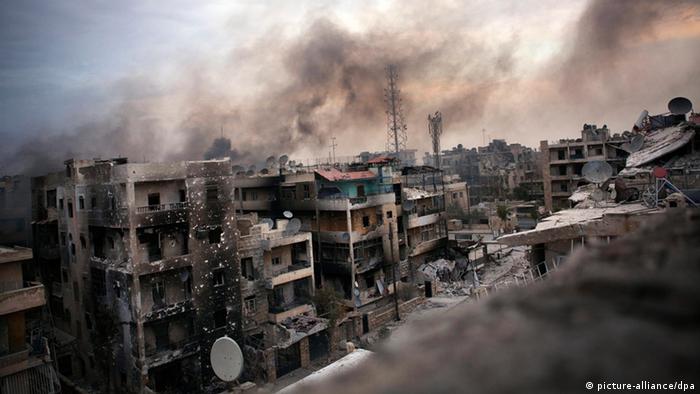
HOW DID EUROPE’S REFUGEE CRISIS START?
Fleeing war and poverty
In late 2014, with the war in Syria approaching its fourth year and Islamic State making gains in the north of the country, the exodus of Syrians intensified. At the same time, others were fleeing violence and poverty in countries such as Iraq, Afghanistan, Eritrea, Somalia, Niger and Kosovo.
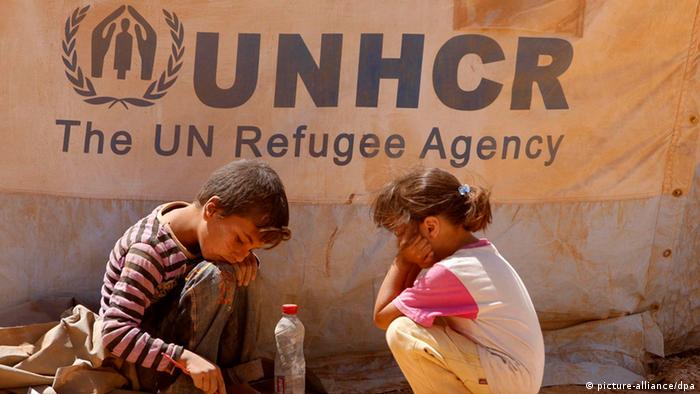
Seeking refuge over the border
Vast numbers of Syrian refugees had been gathering in border-town camps in neighboring Turkey, Lebanon and Jordan since 2011. By 2015, with the camps full to bursting and residents often unable to find work or educate their children, more and more people decided to seek asylum further afield.
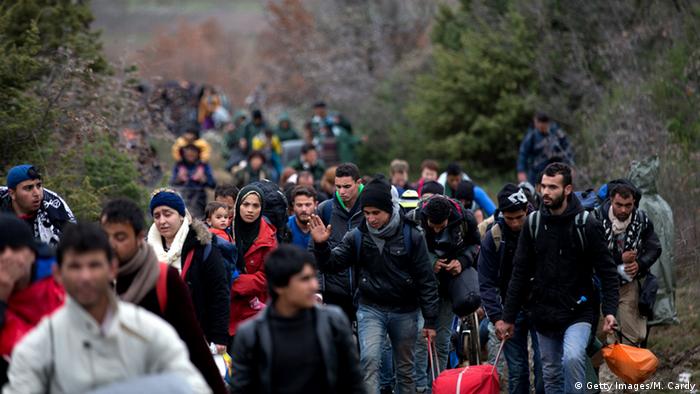
A long journey on foot
In 2015 an estimated 1.5 million people made their way on foot from Greece towards western Europe via the “Balkan route”. The Schengen Agreement, which allows passport-free travel within much of the EU, was called into question as refugees headed towards the wealthier European nations.
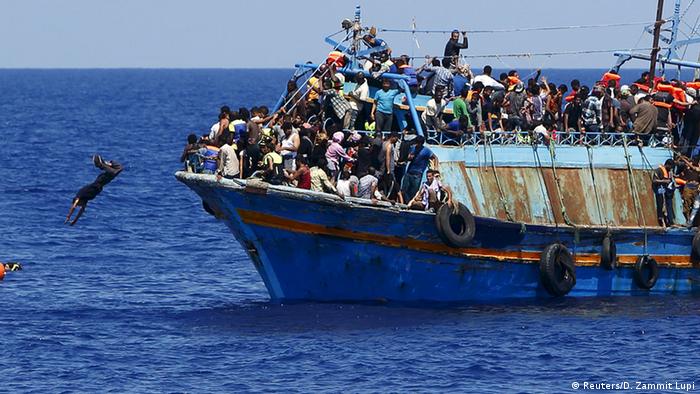
Desperate sea crossings
Tens of thousands of refugees were also attempting the perilous journey across the Mediterranean on overcrowded boats. In April 2015, 800 people of various nationalities drowned when a boat traveling from Libya capsized off the Italian coast. This was to be just one of many similar tragedies – by the end of the year, nearly 4,000 refugees were reported to have died attempting the crossing.
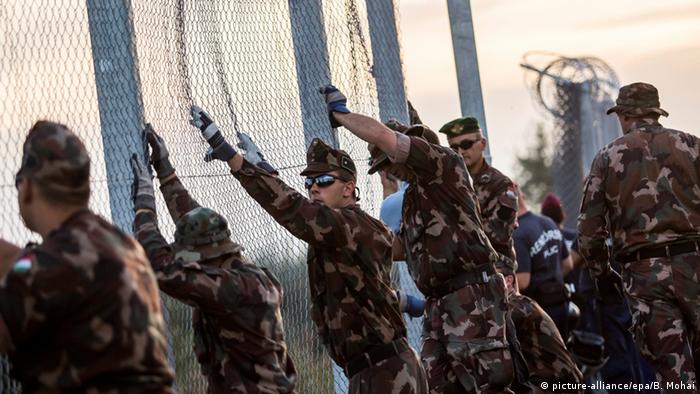
Pressure on the borders
Countries along the EU’s external border struggled to cope with the sheer number of arrivals. Fences were erected in Hungary, Slovenia, Macedonia and Austria. Asylum laws were tightened and several Schengen area countries introduced temporary border controls.
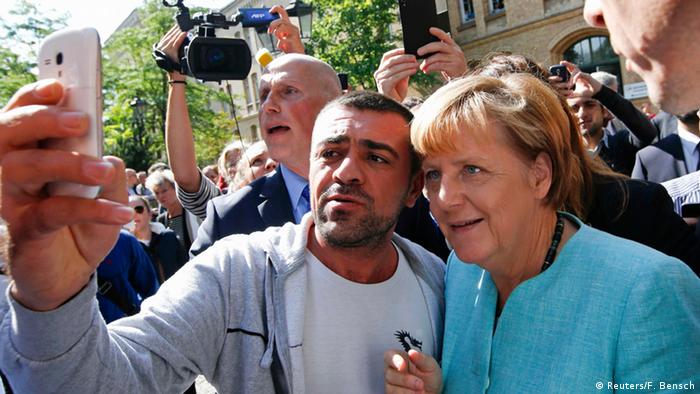
Closing the open door
Critics of German Chancellor Angela Merkel’s “open-door” refugee policy claimed it had made the situation worse by encouraging more people to embark on the dangerous journey to Europe. By September 2016, Germany had also introduced temporary checks on its border with Austria.
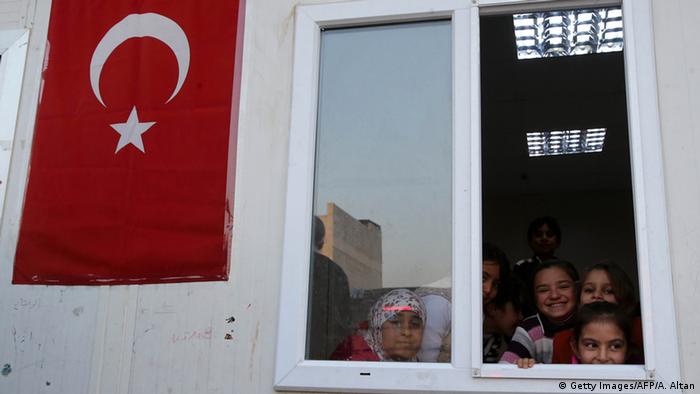
Striking a deal with Turkey
In early 2016, the EU and Turkey signed an agreement under which refugees arriving in Greece could be sent back to Turkey. The deal has been criticized by human rights groups and came under new strain following a vote by the European Parliament in November to freeze talks on Turkey’s potential accession to the EU.
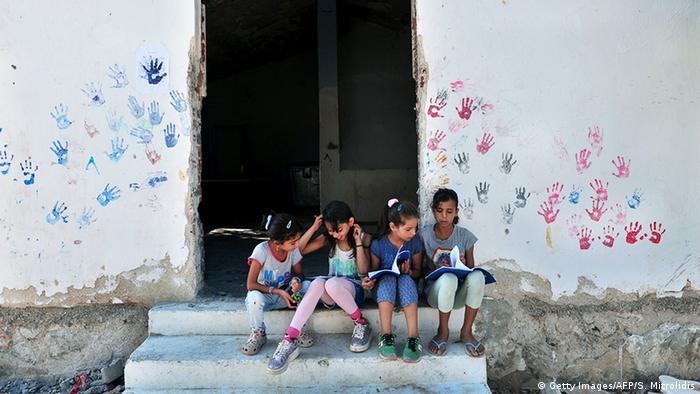
No end in sight
With anti-immigration sentiment in Europe growing, governments are still struggling to reach a consensus on how to handle the continuing refugee crisis. Attempts to introduce quotas for the distribution of refugees among EU member states have largely failed. Conflicts in the Middle East and elsewhere show no signs coming to an end, and the death toll from refugee sea crossings is on the rise.
Source: https://www.dw.com/en/germany-considers-tough-response-to-spain-migration-surge/a-44957893
[Disclaimer]
